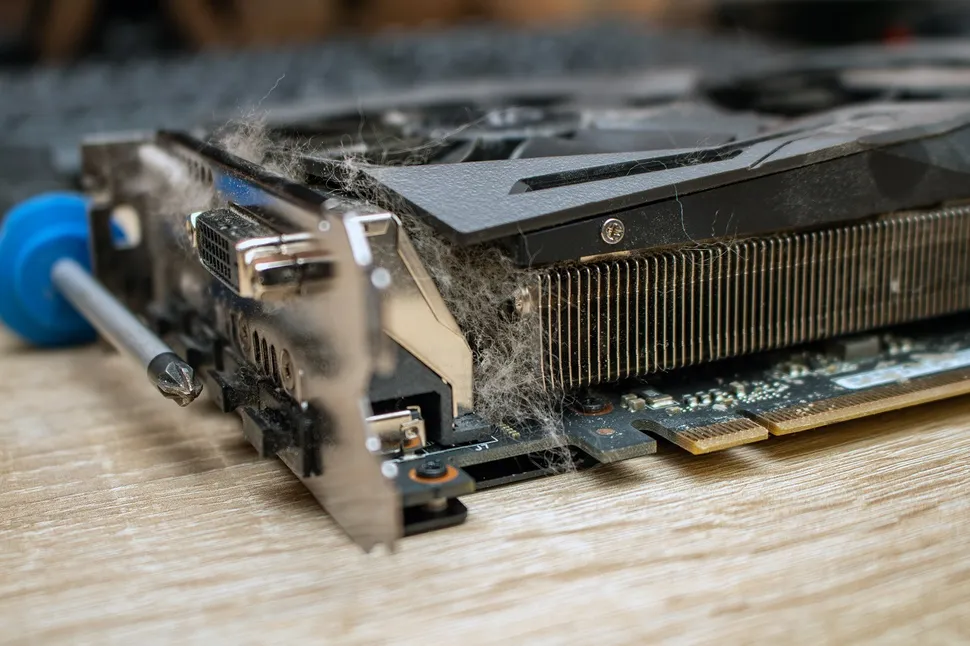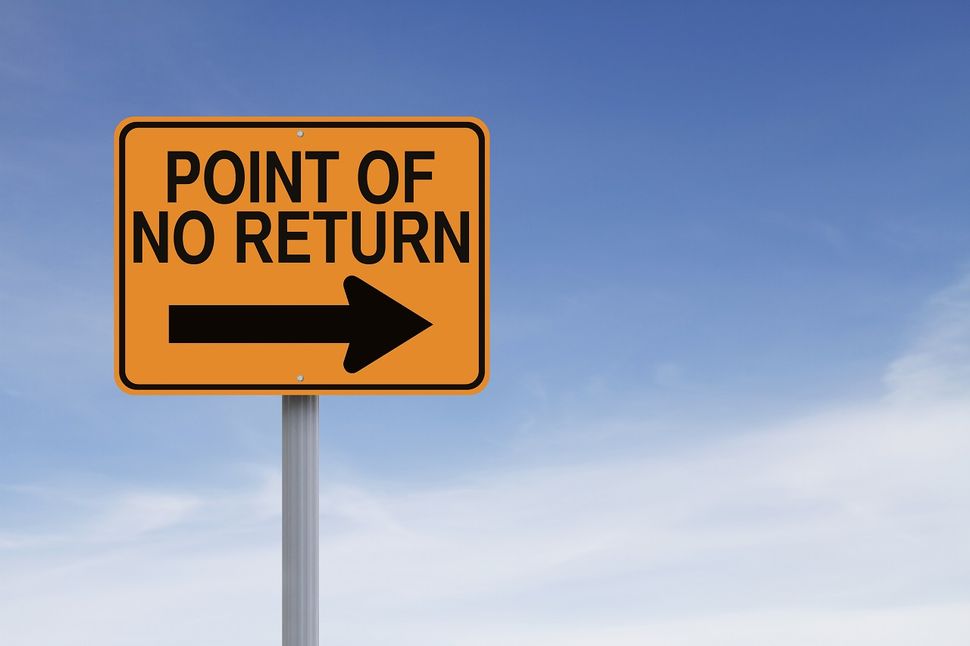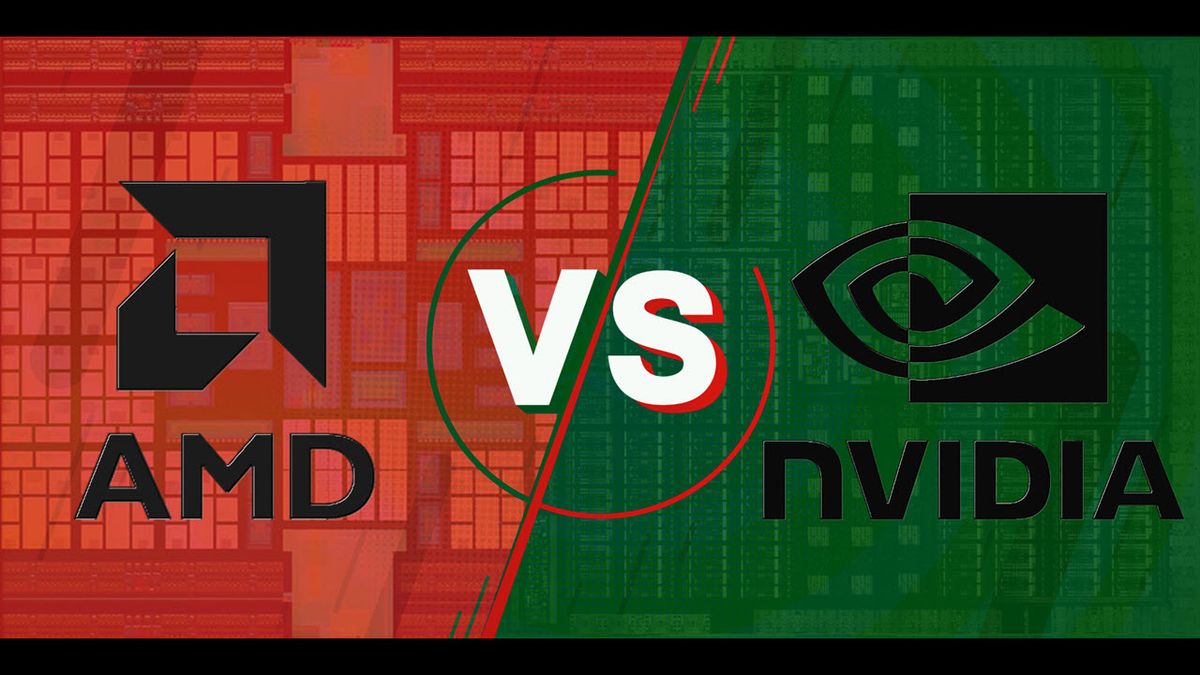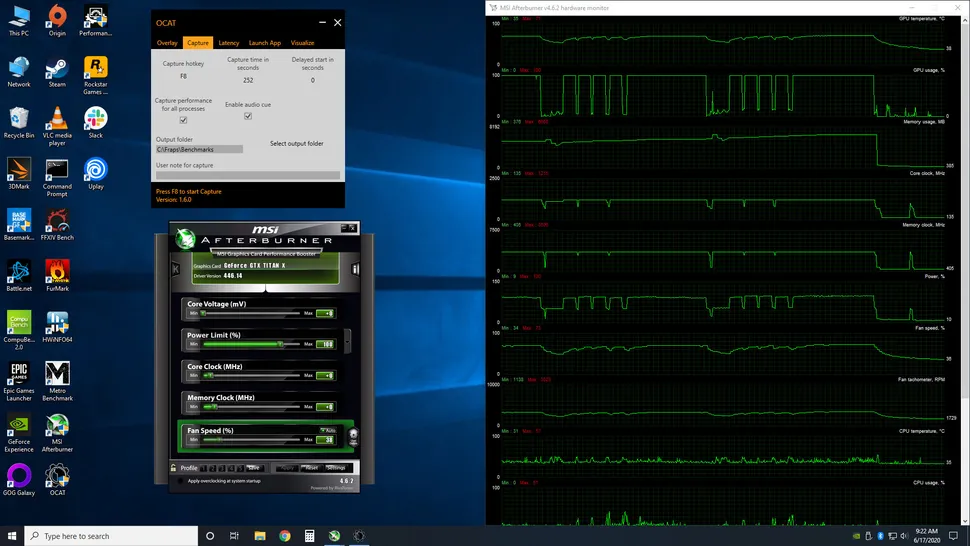Should You Buy A Used Graphics Card Or Not? Prices Drop On GPUs
Is it a good idea to buy a second hand graphics card? Cryptocurrencies tend to go crazy every few years, and the greatest graphics cards all slip into the eager hands of big miners. With the pandemic already generating GPU shortages in 2020 as we know, PC gamers wanting to update their most important component have had a difficult time in the last nine months. If you need a new graphics card, looking on the old market may seem like a smart option, but even that has its drawbacks right now.
GPU shortages are so severe that GPUs from two or three generations ago are still being sold on eBay at exorbitant rates. Basically, if it's on our GPU benchmarks hierarchy right now, it's going to be expensive. Let's look at a simple example. The GeForce GTX 1060 6GB was released in July of 2016 – that's over five years ago! The Founders Edition was initially priced at $299, with third-party cards beginning at $249. Used GTX 1060 6GB cards were available on eBay for $150–$175 around the end of 2019. Using the same approach as our GPU pricing index, the average price for sold GTX 1060 6GB cards on eBay during the last two weeks was $314 — for an old card that might not even function properly. Other GPUs have a similar story, but we'll skip forward a little. Here are some things to keep in mind if you're thinking about purchasing a secondhand graphics card.
Looking for a Good Deal on Price and Performance
Knowing your budget and having reasonable performance expectations are the first steps in deciding which GPU you should buy. Keep our GPU benchmarks hierarchy accessible no matter what budget you're working with. That's the most effective approach to compare GPUs from different generations. Right now, you won't find a $350 GPU that performs like a $700 GPU, but you could find a $400 card that performs like a $500 card in some instances. That is, at least, the hope.
As the Chinese closure of crypto mining facilities continues, we'll definitely start to see more old GPUs hitting places like eBay in the coming months. The wise advise is to avoid buying a used card since you don't want to inherit someone else's issues in order to save a few dollars. Except we're not talking about a little amount of money here. The GeForce RTX 3060 is a compelling new generation GPU with performance that isn't far behind the GTX 1080 Ti - it's only 5% slower, and it supports ray tracing and DLSS. The RTX 3060 is still listed on eBay for $742, which is 2.25 times the original MSRP.
If you can obtain comparable performance while saving $125–$300 by acquiring a used card, it's worth considering. If you don't mind giving up ray tracing and DLSS support, the RTX 2070 (non-Super) performs almost as well as the RTX 3060 12GB, thus it's worth considering. Except that it costs around $755 right now. It's not a smart idea to spend more money on an older card with less memory.
If you can obtain comparable performance while saving $125–$300 by acquiring a used card, it's worth considering. If you don't mind giving up ray tracing and DLSS support, the RTX 2070 (non-Super) performs almost as well as the RTX 3060 12GB, thus it's worth considering. Except that it costs around $755 right now. It's not a smart idea to spend more money on an older card with less memory.
To put it another way, you must decide if a used card is a good bargain or not. A "bargain" does not always imply that something is being sold at a very cheap price. MSRPs are a bit of a joke right now - they're worth noting, but most cards will sell for more than the initial price. Perhaps that will change in the future months, but for now, a decent deal would be a current-generation card that costs less than 25% of its MSRP, or a one-generation old card that costs less than 50% of its MSRP.
The good news is that prices for the newest generation GPUs (Nvidia Ampere and AMD RDNA2) have all fallen 15% on eBay in the last month. We predict the price of previous generation cards to decline even faster, as they are less attractive (see below). The RTX 3060, for example, is only slightly slower than a GTX 1080 Ti while using 30% less power. According to those criteria, a used GTX 1080 Ti would only make sense if it cost less than an RTX 3060, especially if you can acquire the latter new (which you probably can't right now, as RTX 30-series cards are still sold out everywhere we've checked, at least in the United States).
Be Prepared for Worst
When buying a graphics card online, there's no way of knowing what the previous owner(s) did with it, therefore we recommend assuming the worst. Don't put your faith in the vendor to provide accurate facts. At this time, any listing that claims it was "never used for mining" is most likely false. Even if a vendor claims that a GPU was used for mining, we'd expect maximal overclocking and redlining, with cards potentially pushed past acceptable limits. "Like new," "open box," and even "factory sealed" listings should all be avoided, since they may all be falsified.
Murphy's Law is in full force in this situation. It's likely that something might have been done with a GPU. That isn't to say that a card can't be saved. Dust can accumulate in the fan blades and heatsink fins when thermal pads and thermal paste degrade over time. It's conceivable that a little cleaning and TLC may make a failing card run like new. Consider the expense of fresh pads and fans, as well as the time it takes to clean a card.
However, there is one exception: if you can meet in person to make a transaction, you may learn a lot about a card just by glancing at it. Examine the card for dust and to determine whether the screws that hold it together have been removed. (Those "warranty void" stickers aren't entirely useless.) If someone has a card in their hand that appears to be in good condition, especially in the nooks and crevices, there's a high probability it hasn't been mining for a few years.
Graphic Card's Age Matters
The age of a product, like any other, may make a significant effect. We're not talking about antiques here, where the older the better. It's more akin to purchasing a pre-owned vehicle. Even if it has been driven hard, anything that is only a year old should still have a guarantee and is less likely to have significant problems. A ten-year-old automobile with more than 120,000 kilometers, on the other hand, may be begging for problems.
Worst-case scenario, if you locate a good price on an RTX 3060, it's been used for mining 24 hours a day, seven days a week since late February 2021. While mining for 24 hours a day puts greater strain on a card than gaming for four or five hours a day, we'd expect a card that's less than a year old to run games without problems. Meanwhile, a GTX 1080 Ti might have been utilized for mining on and off over the previous four years. Even without mining, it might be a shambles.
To summaries, purchasing a secondhand GPU from the most recent generation is often safer than purchasing a prior top-tier GPU from several years ago. You may strike it rich with a clean GTX 1080 Ti, or you might end up with a 1080 Ti on its final legs, with failing VRMs or other components on the board. Make the necessary preparations.
Also, keep in mind that AMD has officially discontinued all R9 300-series and older GPUs, as well as the R9 Fury / Nano cards, if you're looking for a deal. Only the RX series GPUs are still supported by current drivers. Nvidia has also stated that it would stop supporting GTX 500-series and older GPUs, as well as Kepler (GTX 600- and 700-series GPUs) later this year. In the near run, it probably won't make a difference. However, outdated graphics cards may not be able to run Windows 11 or future games. You'll need at least an RX 400-series AMD GPU or a GTX 900-series Nvidia GPU to play the newest versions.
Pay Close Attention to Return Stipulation
In general, if you buy anything on eBay and the seller states "no returns allowed," you can still request a refund if the item doesn't function. However, dealing with someone that has a standard 30-day return policy is preferable.
In relation to this, you'll be better off purchasing anything from your own nation. While returning a damaged goods to China is feasible, it would take much longer and will almost certainly cost more. Furthermore, it may take a week or longer to reach you in the first place, which is inconvenient if all you want is a functional graphics card.
You should also investigate the seller's background. Don't buy anything from a brand-new seller, especially if the bargain appears to be too good to be true – it almost certainly is! Someone who has hundreds or thousands of previous transactions will not want to tarnish their name. Many graphics card manufacturers also have eBay storefronts, which are considered to be safer than other choices (assuming they have any inventory in stock).
AMD or NVIDIA
We've already addressed AMD vs. Nvidia, but here is a snapshot of the present situation. Things might be very different if you acquire a secondhand graphics card, especially one that is more than a couple of years old. You'll want to pay attention to features, such as ray tracing, which is only available on Nvidia's RTX series and AMD's RX 6000-series components — not that you'll need it to play most games. A Nvidia RTX card is also required for DLSS. Check the GPU power usage as well, and make sure your power supply can handle whatever card you're thinking about.
Aside from that, we have no big reservations about purchasing an AMD or Nvidia card. The key concerns are, once again, performance and pricing. The GPU brand isn't generally a deciding issue if you discover a card that offers the performance you seek at a reasonable price.
Also, keep an eye on VRAM, which has grown increasingly important in recent games. GPUs with 4GB or less VRAM may limit the settings you may choose in some games, and some newer releases may struggle to operate at low-quality settings. In comparison to Nvidia, AMD tends to provide greater VRAM for a similar price. Basically, 6GB should be the absolute minimum if you want to play the most recent games.
Stress Testing and Benchmarking
If you discover a used card that matches all of your criteria and decide to buy it, there's one more thing you should do once it arrives: test it! Our graphics card evaluations and benchmarks can give you an idea of what to expect in terms of performance if you have a comparably fast CPU and system, but for a used part, reliability is just as essential as speed.
Once you have the card, we recommend running some rigorous benchmarks to ensure it functions correctly. 3DMark may suffice, but you'll get the most out of it if you upgrade to the premium version, which allows you to command it to run a test sequence 50 times. FurMark is an excellent torture game, but any difficult 3D game would do.
Other utilities should be running to monitor GPU temperatures, fan speeds, and power consumption. We have a whole page dedicated to how to test your graphics card.
The idea is that you need to do some substantial effort on the GPU in order for it to function correctly. If it doesn't, you should request a refund and return the card as soon as possible. You should also look at the clock and memory speeds. Something is amiss if you only observe 1500MHz while gaming on an RTX 2070, or if your memory runs slower than it should. (The essential specifications for AMD and Nvidia GPUs may be found readily on Wikipedia.)
Look for a drop in clocks coupled by a rapid rise in temps if you run HWInfo64, MSI Afterburner, or another program and log the data. Many GPUs may reach temperatures of 70–80 degrees Celsius, however anything beyond 80 degrees is considered dangerous. This varies per GPU (for example, AMD's RX Vega cards used more power than competitor GPUs), so do your homework, but we aim to maintain our GPU temps in the 70s.
Conclusions on Buying a Used Graphics Card
We've done our job if you're afraid about spending a lot of money on a secondhand graphics card just to wind up with a non-functional lemon after reading this. We'd be cautious to buy a secondhand card as well, given what we've seen with crypto mining in recent years. However, in difficult circumstances, desperate means must be used, and if your main GPU has just failed or you're looking to get into PC gaming for the first time, you may need to consider purchasing a secondhand GPU.
Dealing with a local vendor (through Facebook Marketplace, Craigslist, or similar) may provide you with greater piece of mind in some circumstances, but after you pay cash, getting a refund becomes much more difficult.
Normally, if given the choice between paying MSRP for a new graphics card or saving a little money by going with a prior generation card that may perform somewhat worse, we'd encourage PC gamers to bite the bullet and spend the additional cash. However, in a world where purchasing a brand new GPU without paying outrageous costs is still nearly impossible, buying secondhand could be your only choice for a while longer. We're hopeful that the GPU shortages will be resolved sooner rather than later so that we can put this all behind us, but we're not holding our breath.
Read More: How to create Blog and earn Money
Read More: How to create a Free Website
Read More: Drawbacks and Advantages of Windows 11






Post a Comment